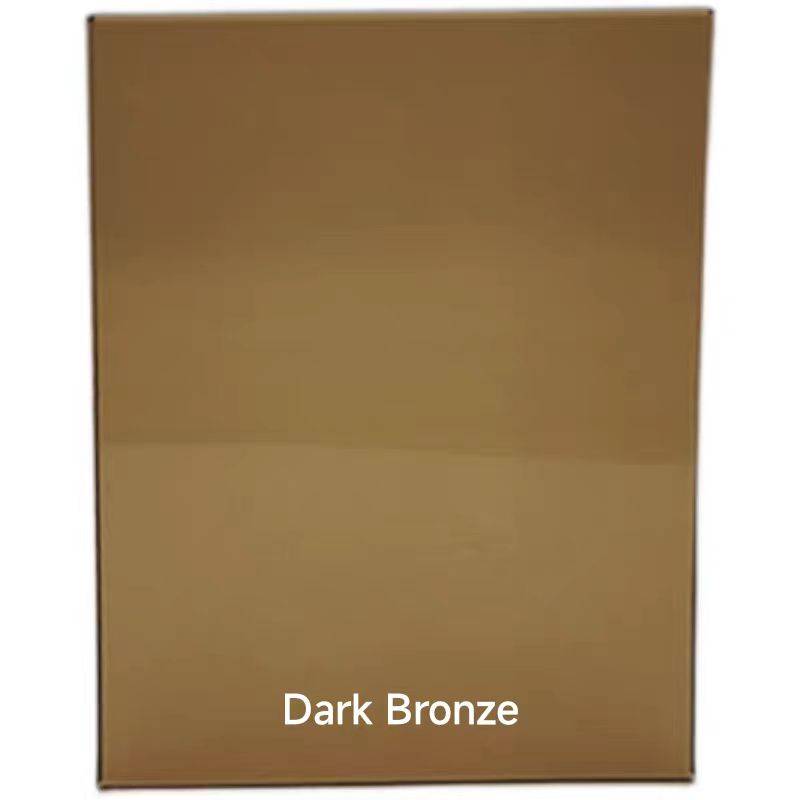

High-Performance Low-E Glass Revolutionizing Energy Efficiency in Building Design
In an era where energy efficiency and sustainable building practices are at the forefront of architectural design, high-performance low-emissivity (low-E) glass has emerged as a significant innovation. This technological advancement not only enhances the aesthetic appeal of buildings but also plays a critical role in reducing energy consumption, thus contributing to a healthier environment and lower operational costs for building owners.
Understanding Low-E Glass
Low-E glass is specially treated to reflect infrared light while allowing visible light to pass through. This feature is achieved through a microscopically thin, transparent coating that can be applied to either surface of the glass. The primary function of low-E glass is to minimize the amount of heat that escapes during the colder months while reducing heat gain during warmer months. As a result, it effectively stabilizes the indoor temperature, leading to increased comfort in residential and commercial spaces.
Benefits of High-Performance Low-E Glass
1. Energy Savings One of the most significant advantages of using high-performance low-E glass is its ability to significantly reduce energy consumption. Buildings equipped with this type of glass can lower heating and cooling costs by up to 30% compared to traditional single-glazed windows. This not only translates to cost savings for homeowners and building managers but also contributes to decreased demand on energy resources.
2. Enhanced Comfort By minimizing heat loss and gain, low-E glass helps maintain a consistent indoor temperature, which enhances the overall comfort of a space. This is especially important in climates with extreme temperatures, where managing indoor conditions is crucial for occupant satisfaction.
3. UV Protection Low-E glass can block a significant percentage of harmful ultraviolet (UV) rays, protecting furnishings, carpets, and artwork from fading. This added benefit helps preserve the integrity of interior spaces while ensuring that occupants remain safe from UV exposure.

4. Environmental Impact As global awareness of climate change and environmental sustainability grows, the use of energy-efficient materials like high-performance low-E glass becomes increasingly vital. By reducing reliance on artificial heating and cooling systems, buildings can lower their carbon footprint, contributing to the fight against climate change.
5. Design Flexibility High-performance low-E glass is available in various styles and configurations, allowing architects and designers to incorporate it seamlessly into their projects. Whether it's large panes for modern aesthetics or smaller, strategically placed units for traditional designs, low-E glass can meet diverse design requirements without compromising functionality.
Installation and Considerations
While the benefits of high-performance low-E glass are considerable, optimal performance is contingent upon proper installation. It is critical to work with experienced professionals who understand the specifications of low-E technology to ensure that the glass is fitted correctly and integrated effectively into the building’s overall energy strategy.
Additionally, while low-E glass is generally more expensive than standard glass, the long-term savings on energy bills often justify the initial investment. Moreover, many building codes and green building certifications now encourage the use of low-E glass, which can further enhance a building’s market value.
Conclusion
High-performance low-E glass represents a significant advancement in modern building technology, offering a combination of energy efficiency, comfort, and environmental sustainability. As architects, builders, and homeowners increasingly prioritize innovative solutions for energy management, low-E glass is poised to become a standard in construction. By investing in this technology, stakeholders can not only enhance their buildings’ performance but also contribute positively to the environment and future generations. As we continue to move towards more sustainable practices, the adoption of high-performance low-E glass is a crucial step forward in creating energy-efficient, comfortable, and aesthetically pleasing living and working spaces.